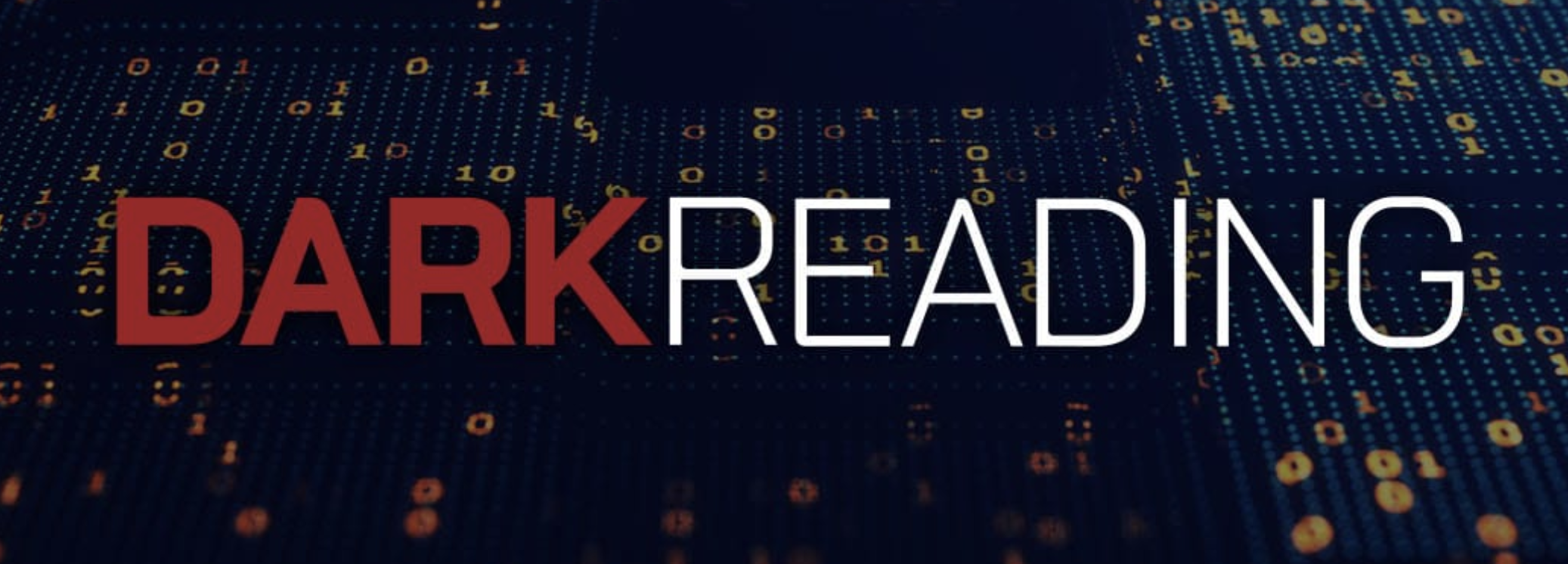
- 23 April, 2021
NLP: Unlock the Hidden Business Value in Voice Communications
![]() By Dr. Jans Aasman, CEO, Franz Inc.
By Dr. Jans Aasman, CEO, Franz Inc.
Today organizations capture an enormous amount of information in spoken conversations, from routine customer service calls to sophisticated claims processing interactions in finance and healthcare. But most of this information remains hidden and unused due to the difficulty of turning these conversations into meaningful data that can be effectively analyzed through Natural Language Processing (NLP).
Simply applying speech recognition software to voice conversations often results in unreliable data. State-of-the-art speech recognition systems still have trouble distinguishing between homophones (words with the same pronunciation, but different meanings), as well as the difference between proper names (i.e. people, products) and separate words. In addition, there is also the challenge of identifying domain-specific words accurately. Thus, in most cases, using speech recognition software alone doesn’t produce accurate enough data for reliable NLP.
Domain-specific taxonomies are key to understanding conversations via speech recognition systems. With them, we can feed conversations to knowledge graphs that understand the conversation and make connections in the data. Knowledge graphs provide the ability to extract the correct meaning of text from conversations and connect concepts in order to add business value.
Knowledge graphs fed with NLP provide two prime opportunities for monetization. First, organizations can better understand their customers to improve products and services more to their liking, which in turn boosts marketing, sales and customer retention rates. Secondly, this analysis gives contact center agents real-time support for optimizing customer interactions to produce faster resolutions, better conversion rates, and cross-selling and up-selling opportunities. These approaches enable companies to capitalize on speech recognition knowledge graphs, accelerate their ROI, and expand their bottom lines.
Taxonomy Driven Speech Recognition
The story of taxonomy-driven speech recognition closely relates to knowledge graphs. The first wave of knowledge graphs was built from taking structured data and turning it into semantic graphs that support the linked open data movement. The next wave is all about unstructured data. People started doing Natural Language Processing on documents and textual conversations like emails and chats. Doing so accurately for a given domain requires a taxonomy to understand the words and concepts. Otherwise, downstream processes like entity extraction and event detection won’t work.
Read the full article at DZone.







